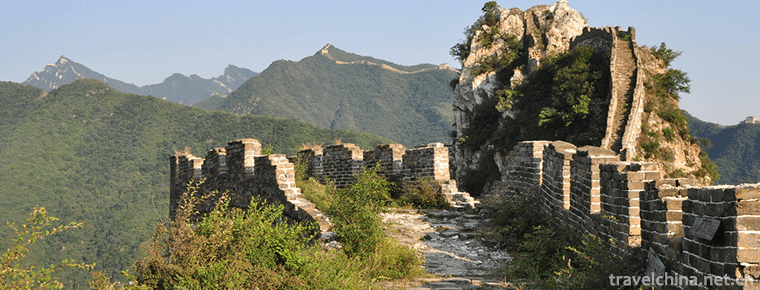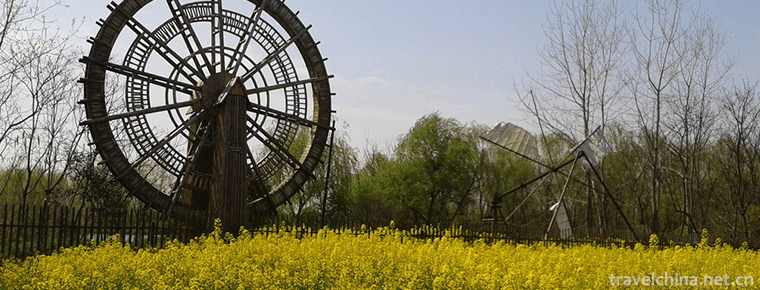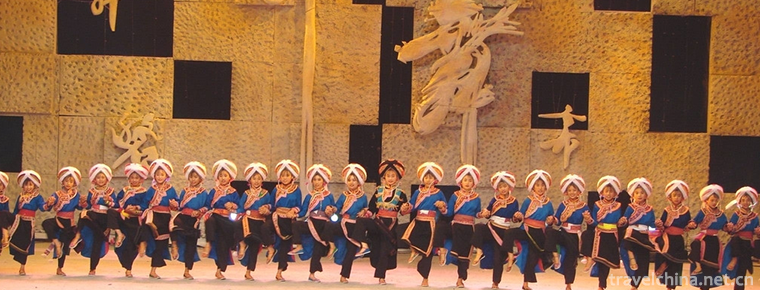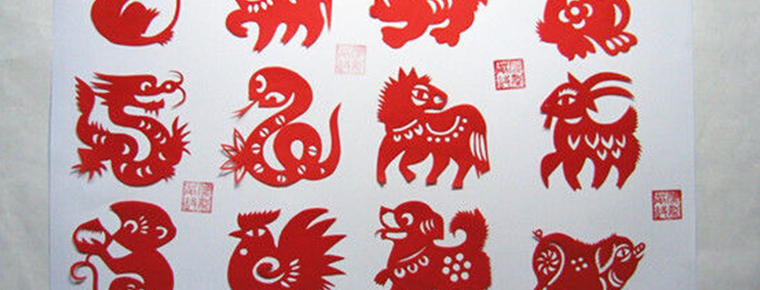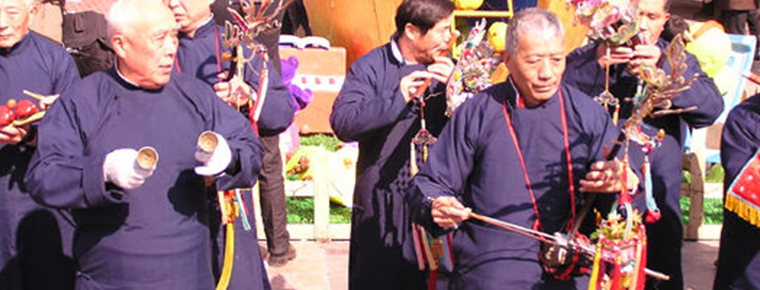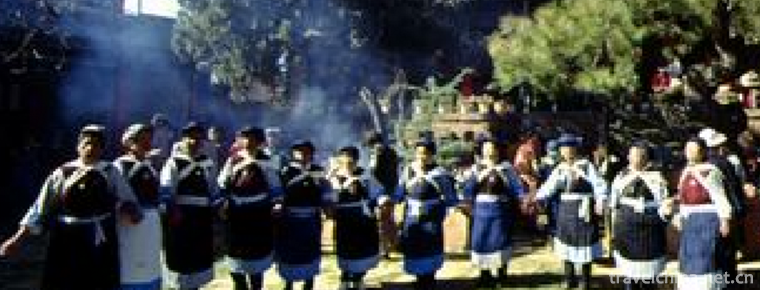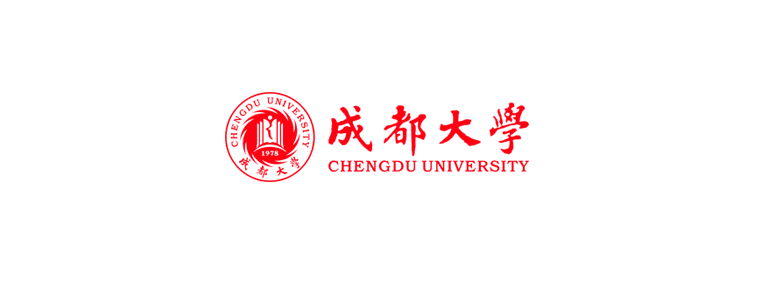Making Techniques of Lanzhou Yellow River Waterwheel
Making Techniques of Lanzhou Yellow River Waterwheel
Lanzhou Yellow River waterwheel production technology, Lanzhou City, Gansu Province, local traditional handicraft, one of the national intangible cultural heritage.
Lanzhou Yellow River waterwheel production technology uses Pinus tabulaeformis in Daxing'an Mountains and willow and elm in the north as raw materials, after drilling, pulling mortise, tenon wedge, dock, piggyback beam and axle processing, and finally on-site installation is completed.
On May 20, 2006, the craftsmanship of Lanzhou Yellow River waterwheel was approved by the State Council and listed in the first batch of national intangible cultural heritage list, project number: _-48.
historical origin
The Yellow River Waterwheel originated in the Ming Dynasty. According to the Record of Rebuilding Gaolan County, it was created by Duanjiatan Renduan in Lanzhou in the Ming Dynasty. "When Xuliju lived, he turned over the car and pulled the river upside down to irrigate the fields, which gave rise to ingenious thinking. Farmers in Chuanhe follow suit. Duan continued his career in his early years after several ups and downs, returned to his hometown in his later years, and devoted himself to the imitation of waterwheel. After many repetitions, Duan finally succeeded in Jiajing's thirty-five years (1556).
In 1556, Duan continued to learn from the irrigation technology of drum cars in Tonghe, Yunnan Province, and created a waterwheel suitable for local use in Lanzhou. Beginning to erect on the North Bank of the Yellow River outside Guangwumen. Later, three rounds were erected at the north entrance of Zhenyuan Road to irrigate more than 600 mu vegetable border orchards nearby. This is the place name "Waterwheel Park". Since the end of Ming Dynasty, water carts have been widely used in Gaolan, Baiyin, Jingchuan, Pingliang, Yinchuan and Shaanxi in the Yellow River Basin, which has promoted the development of agricultural production in these areas.
In 1952, Lanzhou waterwheel reached its heyday. There were 252 waterwheels on both sides of the Yellow River. The total irrigation area increased from more than 20,000 Mu before the founding of New China to 100,000 mu. Especially from Guangwumen to Yantan River, it is also the gathering place of waterwheel. Single-wheel, double-wheel, three-wheel, five-wheel and other forms are different and magnificent. Therefore, here is also known as "Waterwheel Park", Lanzhou is also known as "Waterwheel City".
Process characteristics
Lanzhou Dashui Truck seems to have simple structure and no traditional drawings, but it has exquisite conception, complex structure, ingenious conception, exquisite material selection, local materials, exquisite production technology, the use of Pinus tabulaeformis in the Great Hinggan Mountains and willows and elms in the north, showing the superb wisdom and excellent skills of traditional craftsmen.
1. Advanced technology, low cost, labor saving and labor convenience have changed the situation of the two sides of the Yellow River feeding on the sky, so it has the characteristics of dependence.
2. Because of the vast land and extensive use in the Yellow River Basin, it has extensive characteristics.
Thirdly, Duan Xun changed to use elm, Sophora and willow to make waterwheel according to local conditions, so it has the characteristics of simplicity.
4. Since the creation of the waterwheel, it has been standing on the Bank of the Yellow River. With the flow and inertia of the water in the Yellow River, it drives the rotation of the waterwheel, so it has the ornamental characteristics.
Inheritance and protection
Inheritance value
Lanzhou Waterwheel is an important part of the culture of the Yellow River Basin. It contributes a lot to the people of Lanzhou and the lower reaches, and plays an immeasurable role in the development of Lanzhou society. As an important part of the Yellow River culture, it also embodies the creativity of the Chinese nation and provides evidence for the study of Chinese agricultural civilization and water history.
Inheritance status
In 1952, there were still 252 water trucks along the Yellow River in Lanzhou. Since the electric irrigation technology has been widely used, the number of water trucks has been decreasing year by year, and the producers have few successors. Facing the endangered situation, it has become an urgent and important task to protect the production technology of the Yellow River water truck.
Inheriting characters
Duan Yicun, male, on May 16, 2018, Duan Yicun was selected as the representative successor of the fifth batch of national intangible cultural heritage projects, which was declared by Lanzhou City, Gansu Province. Project Name: Lanzhou Yellow River Waterwheel Manufacturing Techniques.
protective measures
On August 26, 2005, Lanzhou built a waterwheel exposition park, which reproduced the spectacular scene of waterwheel stands on both sides of the Yellow River more than 50 years ago.
In 2007, in order to protect this precious traditional cultural heritage, "Lanzhou Yellow River Waterwheel Production Techniques" was included in "Lanzhou Historical and Cultural Heritage Protection Plan", which was protected by legislation.
social influence
Important exhibition
In 2006, 2007 and 2008, Lanzhou Yellow River Waterwheel was invited to attend the China (Shenzhen) International Cultural Industry Fair (hereinafter referred to as the "Cultural Fair") held at the Shenzhen Convention and Exhibition Center, and won high praise.

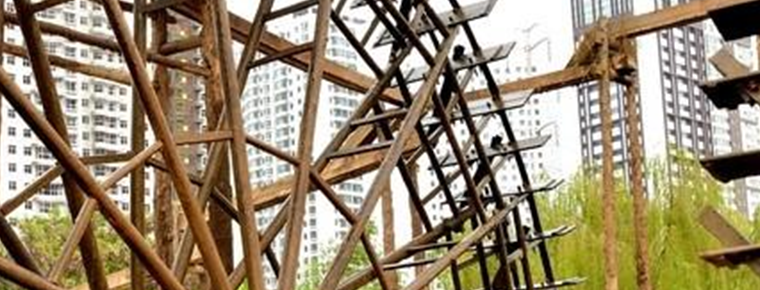
-
Xiangshui lake the Great Wall
Xiangshui Lake is another unique and beautiful tourist attraction in the suburbs of Beijing. Located in the west of the Great Wall of Huairou Mutianyu.
Views: 443 Time 2018-12-10 -
Qinhu National Wetland Park
Qinhu National Wetland Park is located between the central part of Jiangsu Province and the Yangtze and Huaihe River. The total area of the scenic spot is 26 square kilometers..
Views: 146 Time 2019-02-07 -
Emei Chito
"A Mei Qituo" is the original ecological dance name of a group of Yi people. It is translated as "Girl Marriage Dance" in Chinese and originated from Sanbao Yi Township in Qinglong.
Views: 184 Time 2019-03-28 -
Traditional fine arts
China's traditional art heritage is extremely rich and brilliant. Traditional art painting, calligraphy, music, dance, opera, gardens, architecture, sculpture, arts and crafts, traditional cuisine and.
Views: 116 Time 2019-04-19 -
Huangzhong embroidery
Huangzhong heap embroidery is a kind of art that uses the techniques of "shearing" and "heap" to create images. It is mostly used in Tangka production, with Tibetan Buddhist themes.
Views: 288 Time 2019-05-04 -
Jiangnan bamboo
Chinese traditional instrumental music, silk and bamboo, is popular in southern Jiangsu and Zhejiang. After the Revolution of 1911, great progress was made in Shanghai.
Views: 113 Time 2019-05-05 -
Naxi Remei Biao
"Remei Biao" is also known as "Wo Yo Ye", which is a collective folk custom that has been spreading for thousands of years. There are more than ten people at least and hundreds of .
Views: 202 Time 2019-06-07 -
Chengdu University
Chengdu University, established in 1978 with the approval of the Ministry of Education, is a comprehensive University jointly built by Sichuan Province and Chengdu City. It is a key comprehensive univ.
Views: 303 Time 2019-08-31 -
Beijing Sport Univerrsity
Beijing Sports University was founded in 1953, formerly known as the Central College of Physical Education, renamed Beijing Sports College in 1956 and Beijing Sports University in 1993. It is a nation.
Views: 175 Time 2019-09-06 -
Capital Medical University
Capital Medical University (Capital Medical University), known as the first Medical University, is jointly established by the Beijing Municipal People's government, the national health and Health Comm.
Views: 128 Time 2019-11-26 -
Suining tertiary industry
In 2019, Suining achieved a total retail sales of consumer goods of 63.191 billion yuan, an increase of 10.7% over the previous year. In terms of business location, retail sales in urban areas reached 46.171 billion yuan, an increase of 10.7%; in rural areas.
Views: 340 Time 2020-12-16
